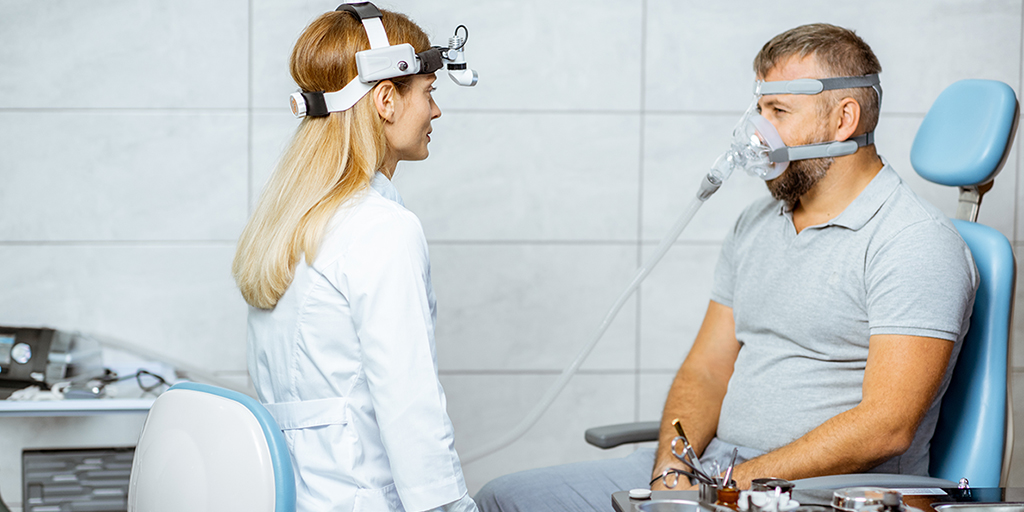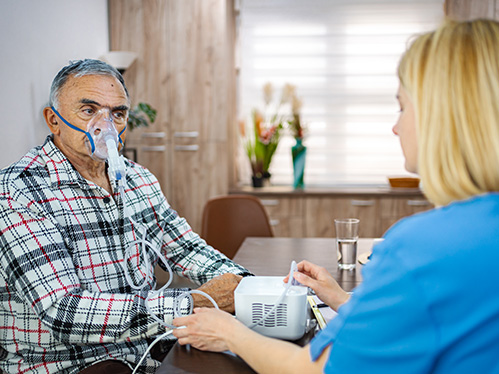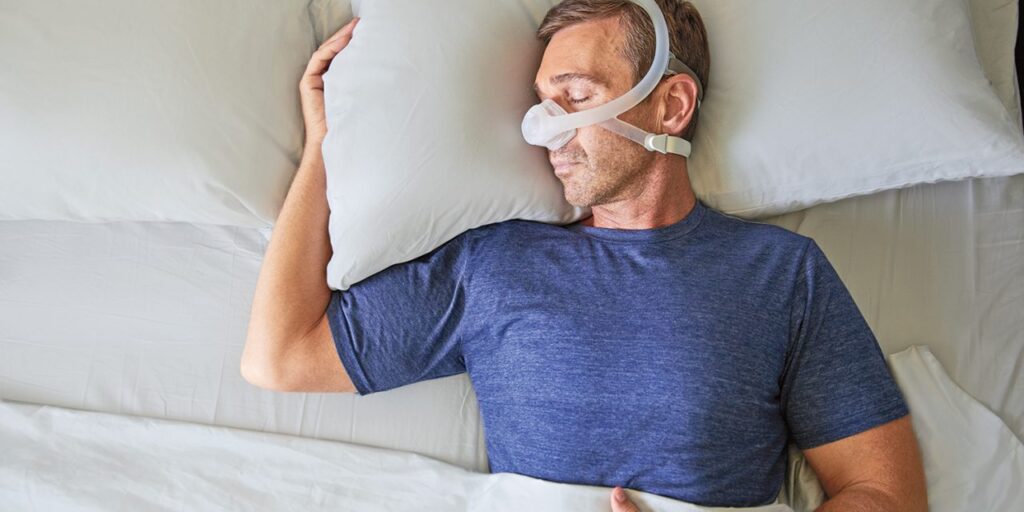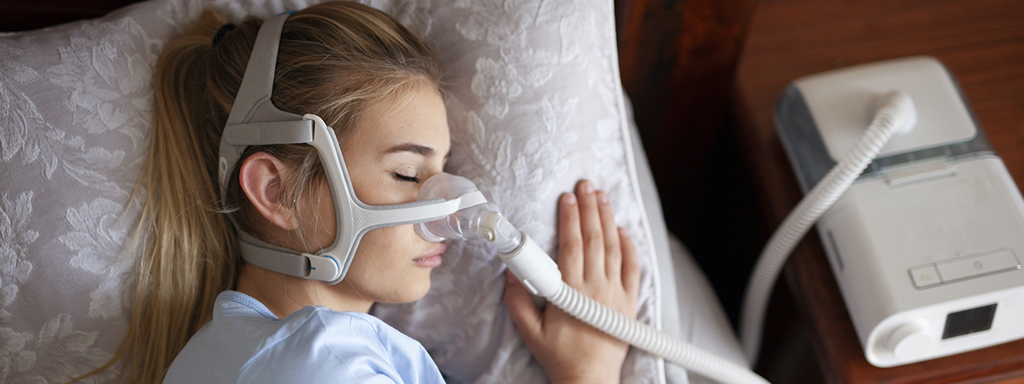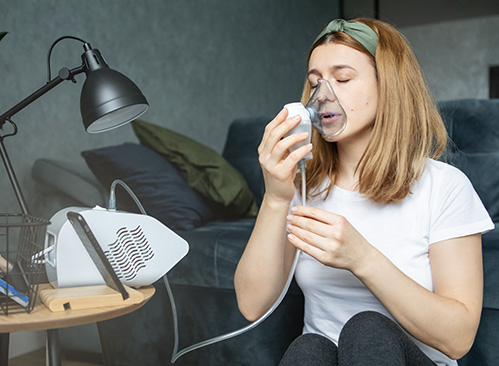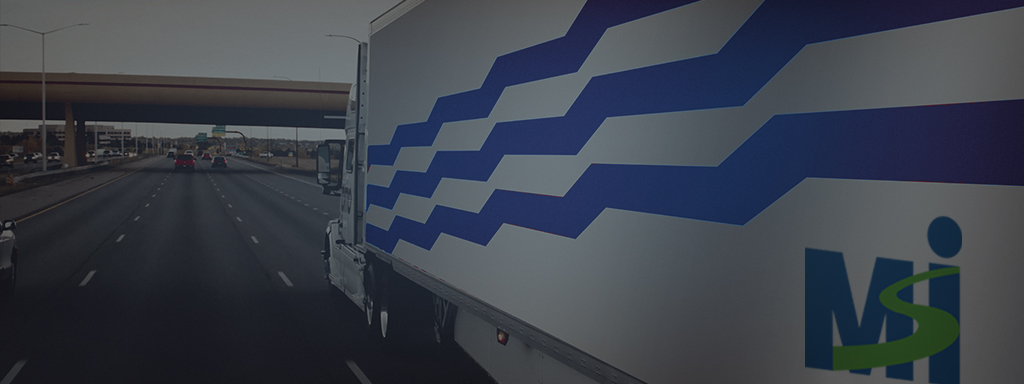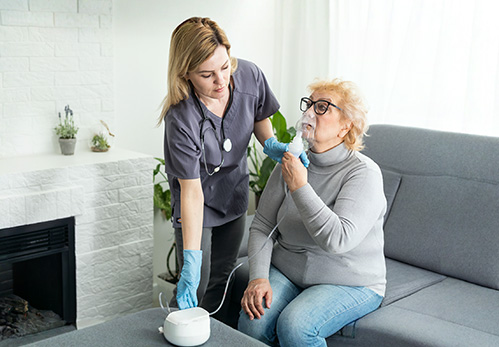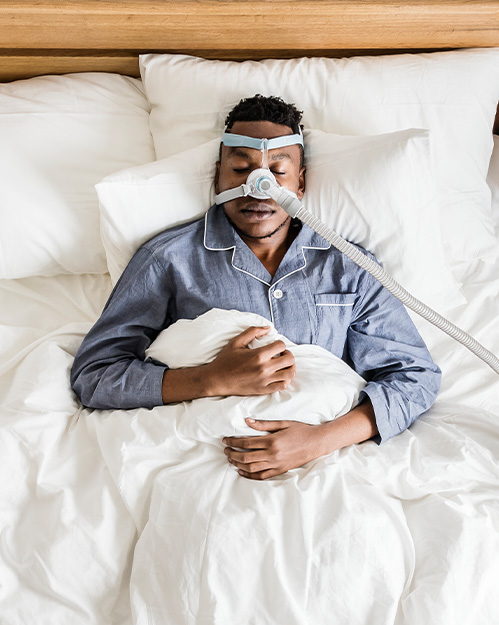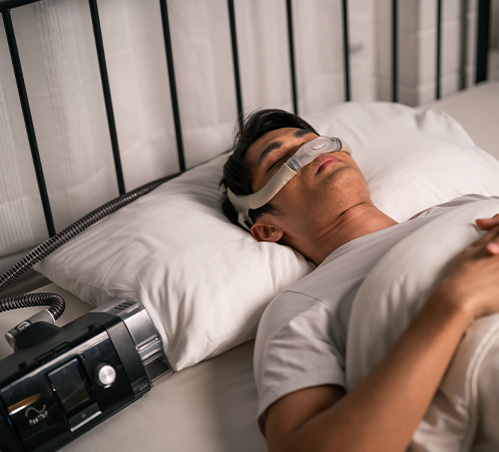
MSI Sleep Therapy Solutions
MSI’s Sleep Therapy Solutions partnership is the success to HME & Respiratory Providers growth. MSI goal is to provide exceptional Customer Experience to our client to increase Sleep compliance.
Our Respiratory Therapist (RT) are well qualified with numerous years of experience to assure Sleep therapy set up is a success.
By using our sleep program, our HME partners can be more efficient, reduce overhead, and reach optimal resupply revenue by MSI compliance success.
MSI provides licensed clinicians Nationwide

